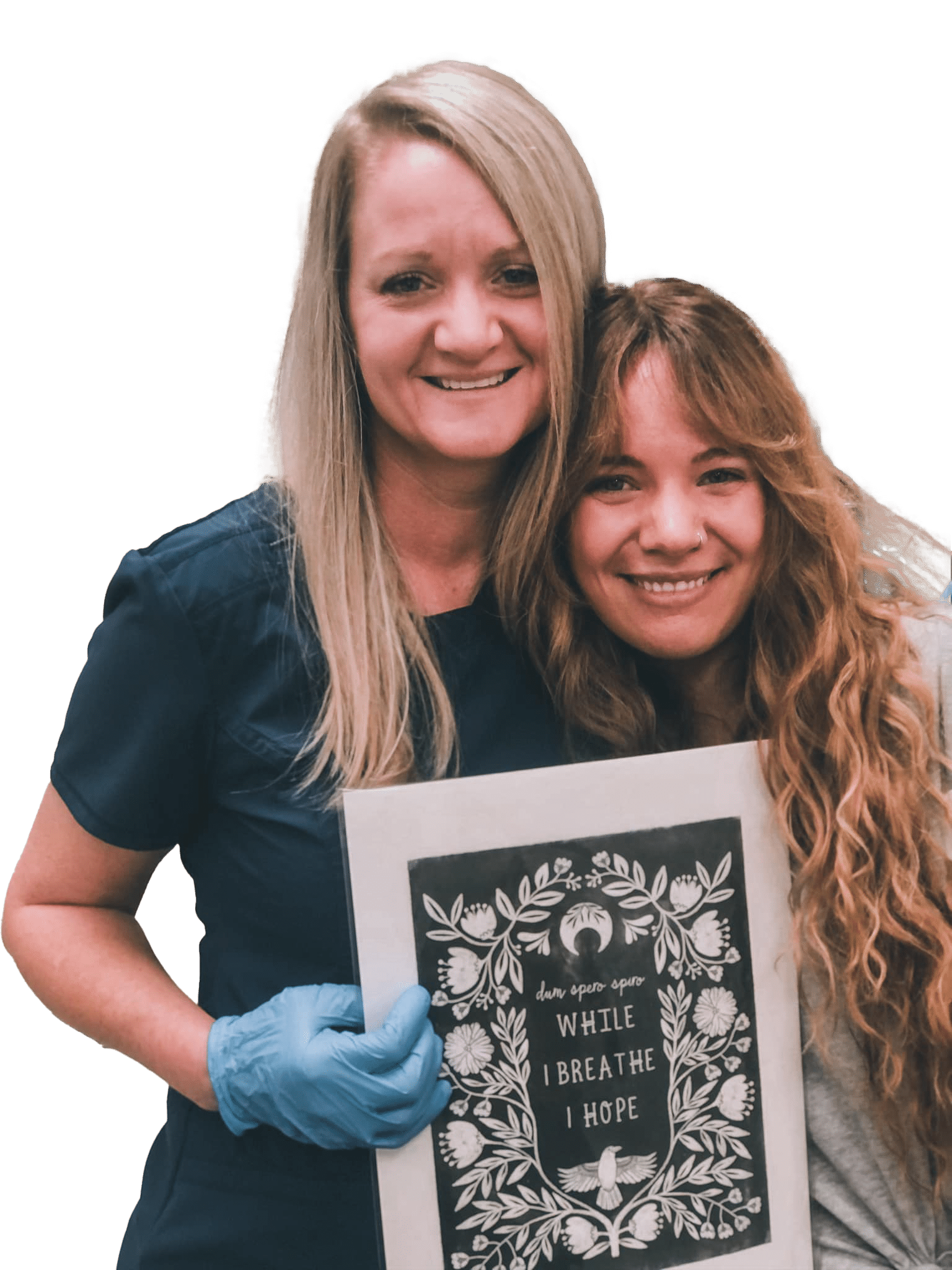
What is central pain? WebMD defines it thus: “Central pain syndrome is characterized by a mixture of pain sensations, the most prominent being a constant burning. The steady burning sensation is sometimes increased by light touch. Pain also increases in the presence of temperature changes, most often cold temperatures. A loss of sensation can occur in affected areas, most prominently on distant parts of the body, such as the hands and feet. There may be brief, intolerable bursts of sharp pain on occasion.”
This pain is sharp, stabbing, tingling, shooting, or aching, and affected by temperature changes.
Why does your body respond violently to changes in the weather? When patients suffer from central pain syndrome (CPS), their nervous systems actually change on several levels. In CPS, nociceptors (tiny pain receptors) and peripheral nerves become hypersensitive. Pain amplification in the spinal cord tends to increase, and the spinal cord’s ability to filter pain decreases. These changes become evident when the patient’s sensory nervous system is exposed to any change, such as cold or heat or a drop in barometric pressure, which occurs when rain is coming in or the wind is blowing. This causes the sensory nervous system to respond to that change. Tissues will also swell as a result, making the patient’s agony even worse. Find additional information here: How does the weather affect CRPS?

Pain anywhere in the body, not directly related to the pain of CRPS, will usually amplify the pain caused by CRPS. I will give you a simple example: One of my favorite patients, Barbara, suffered from CRPS in her arm and hands. She also suffered from plantar fasciitis (inflammation in the bottom of her foot). When she walked long distances, and her foot hurt, it would trigger her CRPS pain. After undergoing care in my office, her CRPS pain has been mostly under control (she now rates her pain at a 0-2/10, without medication). We also treated the plantar fasciitis extensively, as it seemed to be an active trigger of her CRPS pain. She occasionally still suffers from brief flares, after which time it will calm down again. Luckily, she also has times now when she has absolutely no pain. She can also walk long distances again.
Suffering from a cold, the flu, or any other condition or disease will usually have the same effect. Stress in one part of the body affects the CRPS in another part. Again, if you view the body as a unit, this makes perfect sense.
Due to the intense pain of Complex Regional Pain Syndrome (CRPS), patients often find it difficult to focus on other symptoms or health issues they might also be experiencing. People with CRPS experience pain in a way that is distinctly different from others. For instance, a typical CRPS patient might barely react to a migraine, which would otherwise be debilitating for most. While this phenomenon isn’t fully understood, it seems that the body adapts to extreme pain in a way that helps preserve mental stability, albeit imperfectly.
Doctors may address these conditions during consultations, but they are often treated as unrelated to CRPS. It’s essential to remember that the body functions as an interconnected system—no part works in isolation. Every condition can influence and exacerbate others.
The complexity of the nervous system dysfunction underlying CRPS often results in additional conditions linked to the same root causes. Understanding these related issues is crucial because addressing them might reveal deeper insights into the underlying dysfunction. Although this is a broad topic deserving in-depth exploration, recognizing these concurrent conditions is an important first step in managing your overall health effectively.
Recommended reading for further information: Can having CRPS lead to other diseases?
If your nervous system is stuck in survival mode, stress hormones such as cortisol are constantly released, causing an increase in blood pressure and blood sugar, which can in turn reduce the immune system’s ability to heal. Physical symptoms start to manifest when the body is in constant distress. If you add a physical injury on top of these conditions, the body now enters a danger zone where healing does not occur as easily as it should.
Medications
Your body responds to every single thing you put into it, whether you swallow it, inject it, rub it on your skin, or inhale it. After it enters our bodies, the part of us that gets to choose, however, is no longer in control. Now it is up to your body to process what you just put into it. Did it add to your health, or take away from it? Nutrition, supplements, and food will either enhance your health or take away from it.
Medications can add tremendous stress to the already stressed body of a CRPS patient. It is very important for every CRPS patient who is taking a lot of medications to support their liver and kidneys with detoxification and nutritional supplements.
Alcohol & Smoking
Nicotine abuse is especially detrimental to those who suffer from CRPS because it decreases oxygen to the brain and increases neurological injury. Alcohol and nicotine add to your toxic chemical load. It should go without saying that these vices are especially detrimental to patients who already suffer from CRPS. Please note that even secondhand smoke, or smoke clinging to the clothes of someone next to you, will affect your brain oxygen levels.
In my experience, it is much harder for a patient to recover from any condition, CRPS included, if they refuse to give up smoking. In addition to putting a tremendous stress on the lungs and decreasing oxygen to the brain, smoking will add toxins like heavy metals to your system that will interfere with your healing.


Start your patient journey with the Spero Clinic's neurologic rehabilitation program.
